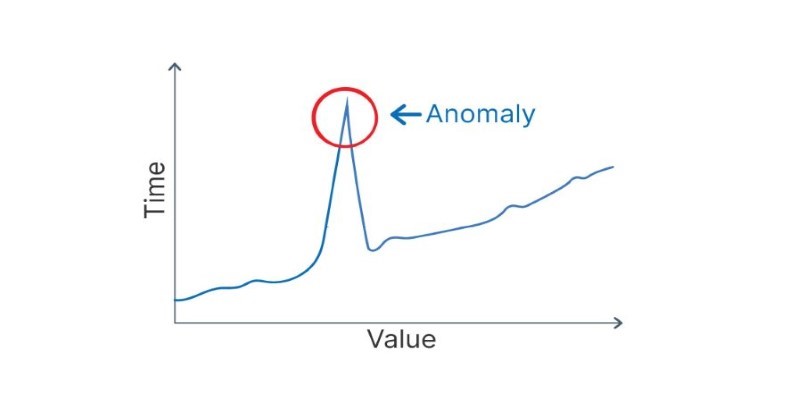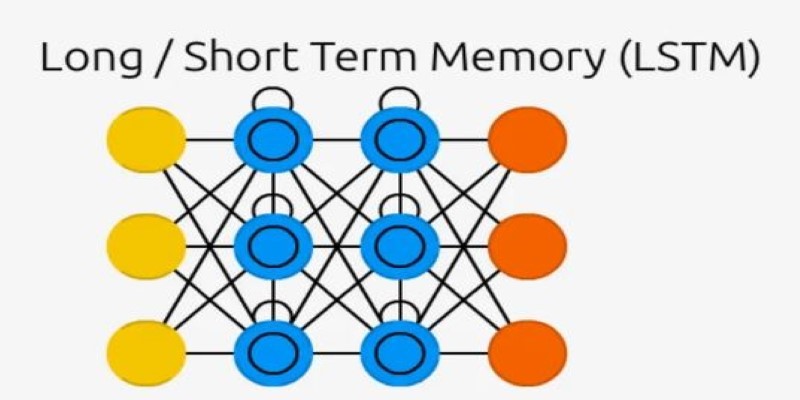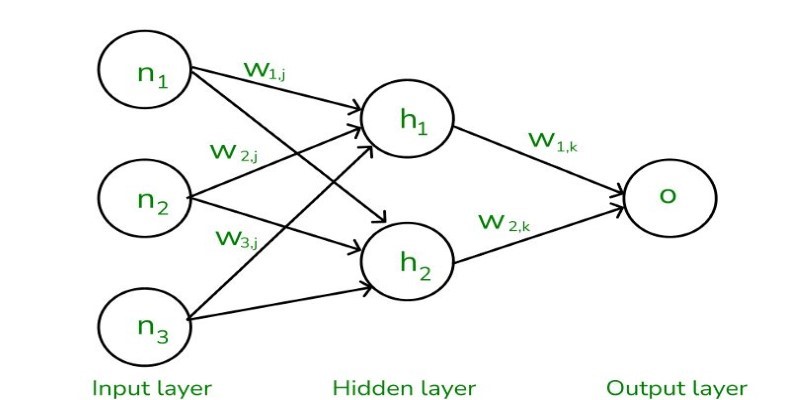Writing has always been an essential skill, but AI-powered tools are reshaping how people create and refine content. Grammarly and ChatGPT are two of the most popular options, yet they serve completely different purposes. One polishes your words, ensuring grammatical accuracy and clarity, while the other generates text, helping with creativity and ideation.
The question isn't just which one is better, but which one suits your needs. Whether you're drafting an email, writing an essay, or brainstorming ideas, choosing the right tool can make all the difference. Let's break down their strengths and weaknesses and determine which one truly fits your workflow.
Understanding Grammarly and ChatGPT
Grammarly is an AI-based tool that helps users improve their writing by correcting grammar, spelling, punctuation, and style issues. It also acts as a proofreading assistant, ensuring that written content is polished and professional. Grammarly analyzes text, detects errors, and suggests corrections. It also evaluates tone, readability, and engagement to help writers refine their communication.
Conversely, ChatGPT is a conversational AI that outputs human-like text. While Grammarly is essentially about fixing writing, ChatGPT helps build content from scratch. It can respond to questions, write emails, write articles, and even tell creative stories. ChatGPT can understand context, which makes it helpful for idea brainstorming, summarizing content, and answering prompts naturally.
Though both tools rely on artificial intelligence, their roles are vastly different. Grammarly enhances pre-written text, while ChatGPT helps users generate content or interact with information. This key difference shapes how each tool fits into a writer’s workflow.
Comparing Grammarly and ChatGPT: Strengths and Weaknesses
Both Grammarly and ChatGPT have distinctive strengths, but their usability varies on how they are utilized. Their strengths and weaknesses can assist writers in identifying which tool is most appropriate for them.
Strengths and Weaknesses of Grammarly
Grammarly is an excellent choice for those who want to refine their writing. Whether it's an academic paper, business email, or blog post, Grammarly ensures that the text is free from common mistakes. The tool identifies grammar errors, awkward phrasing, and tone inconsistencies, making it valuable for both native and non-native English speakers.
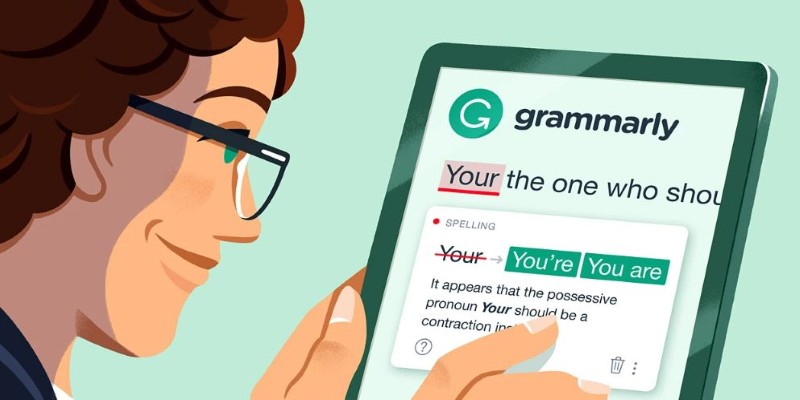
One of Grammarly’s biggest strengths is its ability to analyze readability. It provides clarity suggestions, helping users simplify complex sentences. It also offers vocabulary enhancements by suggesting stronger word choices. The premium version includes advanced features like plagiarism detection and style recommendations tailored to different writing needs.
However, Grammarly has its limitations. It doesn’t create original content, meaning users must have a draft before utilizing it. While it corrects errors, it doesn’t always understand the deeper context of a sentence. There are times when Grammarly suggests changes that might not align with the writer’s intent. Moreover, its reliance on predefined rules means that it occasionally misses nuances in creative or informal writing.
Strengths and Weaknesses of ChatGPT
ChatGPT shines in its ability to generate text from scratch. It can create blog posts, social media captions, essays, and responses to various prompts. Unlike Grammarly, which refines writing, ChatGPT serves as a writing assistant capable of producing entire drafts. It can also mimic different writing styles, making it a versatile tool for content creators.
One of ChatGPT’s biggest advantages is its conversational ability. It can answer questions in a detailed yet easy-to-understand manner, making it useful for research and brainstorming. Writers who struggle with ideas can use ChatGPT to generate outlines, structure arguments, or expand on topics. It also helps professionals draft emails, reports, and summaries quickly.
Despite its strengths, ChatGPT has its downsides. It lacks built-in grammar correction at Grammarly's level, meaning that generated text may still require editing. Additionally, it doesn't fact-check its responses, so users must verify the information it provides. Since it generates content based on existing data, it sometimes produces text that feels generic or repetitive. Users looking for precision and accuracy may find it less reliable than Grammarly for refining written work.
The Ideal Use Cases for Each Tool
Grammarly and ChatGPT excel in different scenarios. Grammarly is the better choice when precision and correctness are the priorities. Writers, students, and professionals who need grammatically flawless documents benefit the most from Grammarly’s capabilities. The tool works well for editing formal content such as reports, academic papers, and professional emails.
ChatGPT, in contrast, is ideal for those who need assistance with content creation. Bloggers, marketers, and social media managers can use ChatGPT to generate ideas, write drafts, and structure content efficiently. It is especially useful for brainstorming new topics, rewriting text in different styles, or expanding on vague ideas. While it lacks the strict grammar-checking features of Grammarly, it offers more versatility in content generation.
Which One Is Best?
Choosing between Grammarly and ChatGPT depends on what the user needs from a writing tool. Grammarly is the superior option for refining and correcting text, ensuring grammatical accuracy, and improving readability. It suits professionals, students, and anyone who prioritizes polished, error-free writing. ChatGPT, on the other hand, is more useful for generating content, brainstorming ideas, and assisting with the writing process. It excels at creating drafts, expanding on topics, and providing structured responses.
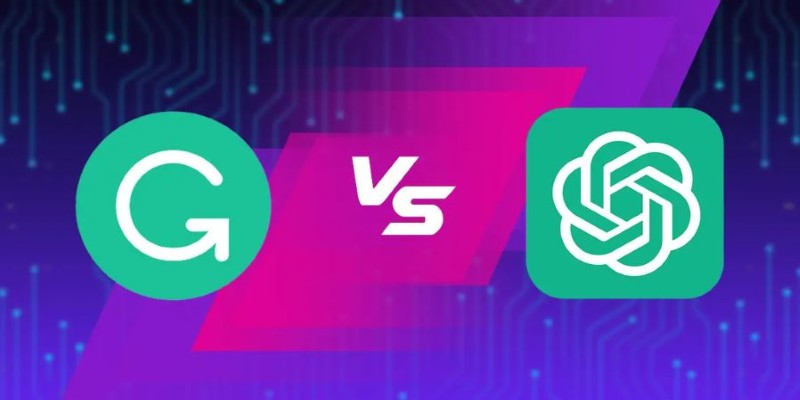
Combining Grammarly and ChatGPT can be highly effective for those who want the best of both worlds. Writers can use ChatGPT to generate content and then rely on Grammarly to refine and perfect it. This approach balances creativity and precision, making it easier to produce high-quality writing.
Conclusion
Grammarly and ChatGPT are powerful AI tools, but they serve different functions. Grammarly is best for refining and correcting existing text, while ChatGPT is ideal for content creation and idea generation. Neither tool is a complete replacement for human judgment, but it can significantly improve writing when used effectively. Writers who understand their strengths and limitations can make the most of these tools, ensuring their work is both engaging and well-structured. Whether polishing a draft or generating fresh ideas, using the right tool at the right time can enhance productivity and writing quality.

